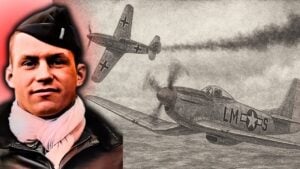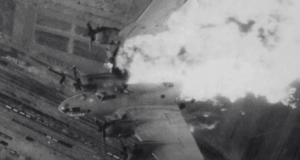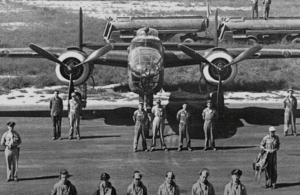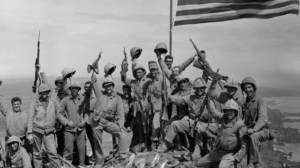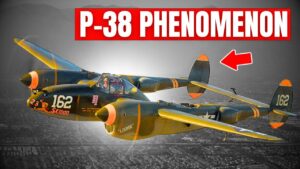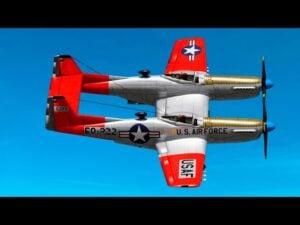The Insane Engineering of the P-38 Lightning
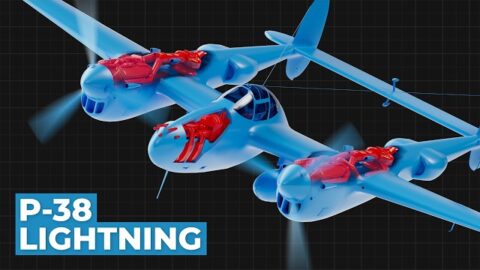
YouTube / Real Engineering
The P-38 Lightning- twin booms, twin engines, turbochargers bolted on like artificial lungs, five machine gun barrels aligned together, staring forward in a deadly gaze. Its engineers didn’t just build a plane- they assembled a monster.
Pushing the Limit
The P-38 pushed everything to the limit. Two liquid-cooled Allison V-17 engines, each force-fed by two two-stage turbo superchargers, were carefully packaged inside its twin booms. Turbines, impellers, and intercoolers all work together to keep the plane breathing in the rarified air above 25,000 ft.
With drop tanks attached, this plane had a range that other fighters could only dream of. Designed by one of the most revered aeronautical engineers in history, Kelly Johnson, it was a bold reimagining of what a fighter plane could look like.
Unique Engineering
Kelly Johnson was only 27 years old when the design he spearheaded won Lockheed’s first-ever military production contract. By the age of 28, he was Lockheed’s chief research engineer. By 29, he was leading the most advanced aeronautical lab that had ever existed- Skunkworks.
Answering the call for a high-altitude interceptor that could reach a top speed of 580km/hr. and racing to bomber cruise altitude in just 6 minutes from the ground, a specification that essentially no plane manufacturer in the US deemed worthy of even attempting.
Design
The P-38 began with a sketchpad, where Kelly doodled potential configurations to fulfill Circular Proposal X608 issued by the United States Army Air Corps. It specifically asked for a high altitude interceptor. Johnson went with a pretty unintuitive option, a single fuselage mounted in the center of the wings with no engine, leaving a large amount of space directly in front of the pilot with no propeller in the way for guns.
The central fuselage was like a ball turret with wings and engines attached to it. It featured four 50 caliber machine guns and a 20mm cannon, pointing forward with zero convergence issues. The P-38 was also armed to the gills, a level of armament only rivaled by the likes of the P-47 and the FW-190.
Moreover, the twin-tail boom gave Lockheed a large amount of internal volume to play around with. The P-38’s turbocharger also poked out of the cowling like the muscle cars of Detroit, a hint of the power hidden inside- two inline V12 turbosupercharged liquid cooled engines. It was the pinnacle of American engine development in 1939.
Johnson also took a radical approach. Instead of bolting on a traditional intercooler system, he built it directly on the wing’s leading edge- a radical design taken out of necessity. On the leading edge, there’s a network of small tubes running the length of the wing where the turbocharged air passes through before entering the supercharger. They are cooled by air entering through a small opening and exiting another hole in the wingtip. It had a strange design, but it had very few drag penalties.
Highly Versatile Aircraft
The P-38 remained competitive throughout the war, with its capabilities always finding its niche in the war zone. It was one of the first fighters to utilize a tricycle landing gear, making a real difference in the Pacific. It gave pilots a clearer forward view of the ground and a more stable landing experience.
The P-38 was a rugged plane with an exceptional range, making it ideal for the island-hopping war in the Pacific theater. The P-38 remained competitive throughout the war, despite being designed before the war started.














